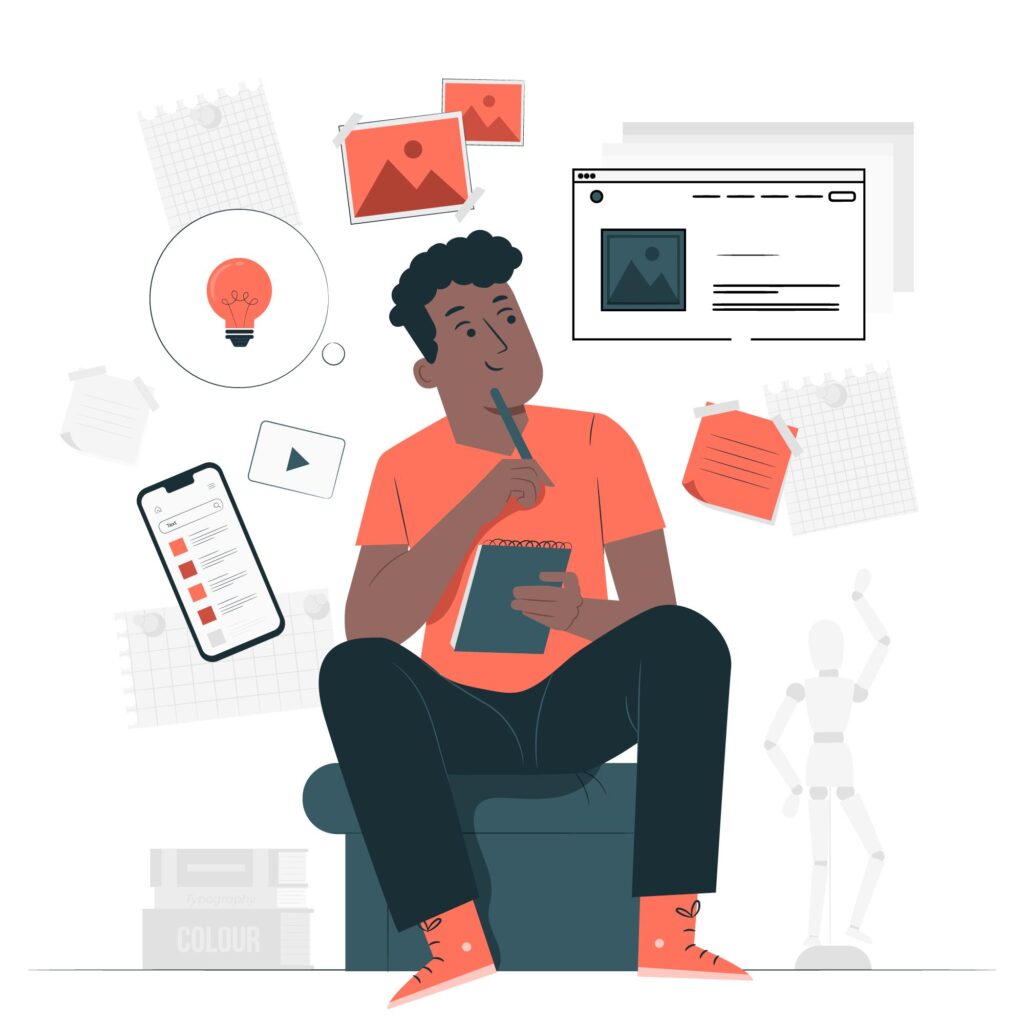Becoming a graphic designer involves a combination of education, practical experience, and skill. Here is a step-by-step guide to How to become a Graphic Designer :
- Enroll in a graphic design program at a college or university. Many schools offer bachelor’s or associate’s degrees in graphic design. These programs typically include coursework in design principles, typography, color theory, and computer graphics software. Some programs may also include internships or opportunities to work on real-world projects.
- Gain practical experience through internships or freelance work. While in school, consider seeking out internships or freelance projects to build your portfolio and gain real-world experience. This will allow you to apply the skills and knowledge you have learned in school to real-world projects, and it will also give you the opportunity to work with clients and develop professional relationships.
- Build a strong portfolio of your work. A portfolio is a collection of your best design work, and it is an essential tool for getting hired as a graphic designer. Your portfolio should showcase a range of design styles and techniques, and it should demonstrate your ability to solve design problems.
- Keep up with the latest design trends and software. Graphic design is a constantly evolving field, so it’s important to stay current on new tools and techniques. This may involve taking online courses or attending workshops or conferences to learn new software or design techniques.
- Consider obtaining a certification in graphic design. Certification programs are offered by professional organizations such as the Graphic Artists Guild or the American Institute of Graphic Arts (AIGA). These programs may require you to pass an exam or submit a portfolio of your work, and they can help you stand out to potential employers.
- Join a professional organization. Professional organizations, such as the Graphic Artists Guild or AIGA, offer networking opportunities and access to industry events and resources. These organizations can also provide support and guidance as you navigate your career as a graphic designer.
- Pursue continuing education opportunities. Continuing education is important for staying current on industry trends and improving your skills. This may involve attending workshops or conferences, taking online courses, or earning additional degrees or certifications.

In addition to the steps outlined above, it is also important to develop strong communication and collaboration skills, as well as a strong work ethic and attention to detail. These qualities will be valued by employers and can help you succeed in your career as a graphic designer.
Reach out to our Graphic Designer Here

